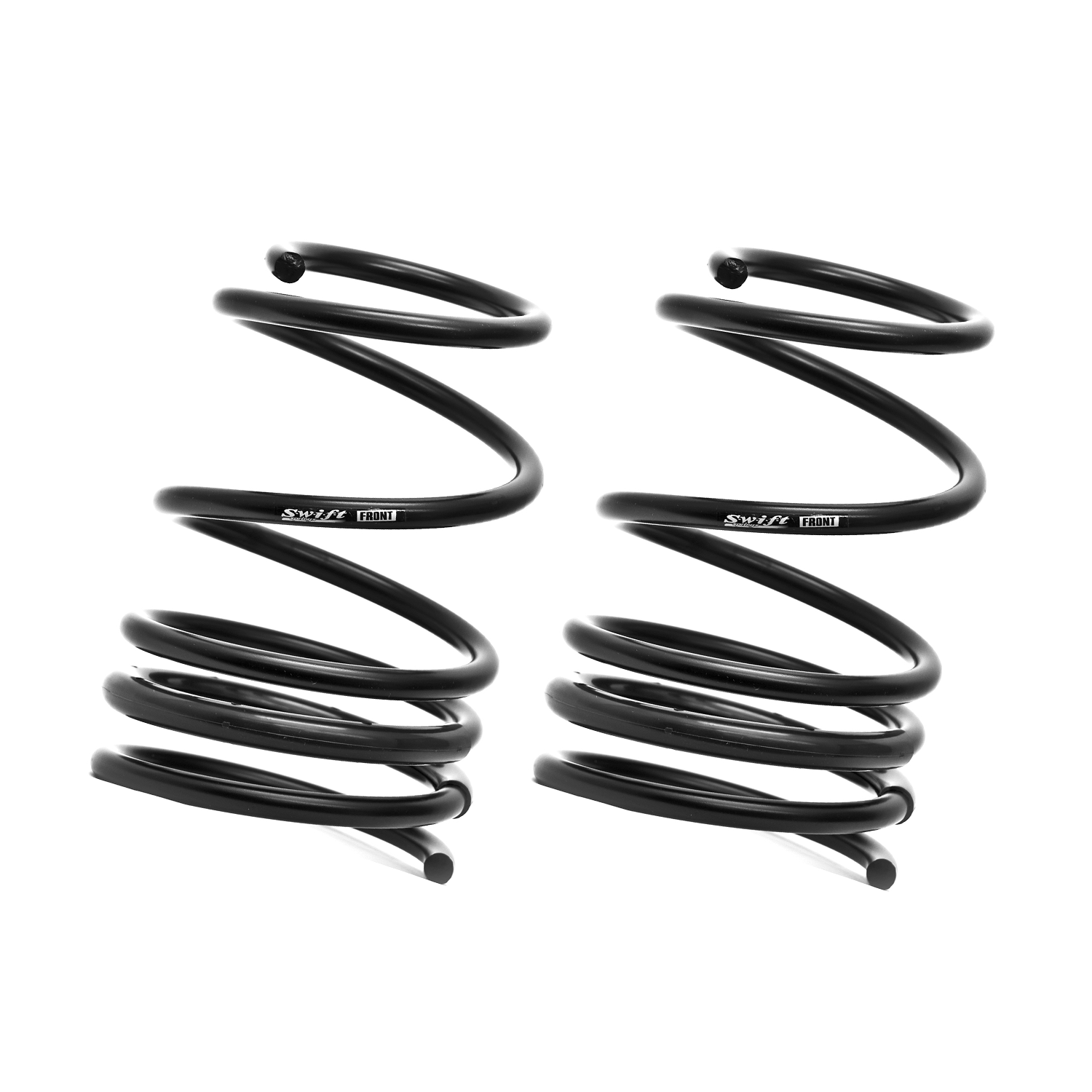Spring Rate Conversion Guide: lb/in to kg/mm & kg/mm to lb/in
Understanding spring rates is essential for tuning your suspension for the perfect balance of performance, comfort, and handling. Choosing the right rate depends on your car, driving style, and the purpose of the vehicle that you’d like to optimize.
What is Spring Rate?
Spring rate refers to how much force is needed to compress a spring by a given distance.
-
lb/in (Pounds per Inch) – Measures how many pounds of force are required to compress the spring by 1 inch.
-
kg/mm (Kilograms per Millimeter) – Measures how many kilograms of force are required to compress the spring by 1 millimeter.
Why is Conversion Important?
Different suspension manufacturers use different units of measurement. If you’re switching between brands or trying to match a specific setup, it’s important to accurately convert spring rates to ensure proper suspension tuning.
To make it easy, we’ve provided a handy spring rate conversion chart below. Simply find your known spring rate, and use the table to determine the equivalent value in the other unit.
KG/mm to LB/in
| Spring Rate (kg/mm) | Spring Rate (lb/in) |
|---|---|
| 4k | 224 lb/in |
| 5k | 280 lb/in |
| 6k | 336 lb/in |
| 7k | 392 lb/in |
| 8k | 448 lb/in |
| 9k | 504 lb/in |
| 10k | 560 lb/in |
| 11k | 616 lb/in |
| 12k | 672 lb/in |
| 13k | 728 lb/in |
| 14k | 784 lb/in |
| 15k | 840 lb/in |
| 16k | 896 lb/in |
| 17k | 952 lb/in |
| 18k | 1008 lb/in |
| 20k | 1064 lb/in |
| 22k | 1120 lb/in |
| 24k | 1344 lb/in |
| 26k | 1456 lb/in |
| 28k | 1568 lb/in |
| 30k | 1680 lb/in |
| 32k | 1792 lb/in |
| 34k | 1904 lb/in |
| 38k | 2128 lb/in |
| 42k | 2352 lb/in |
| 46k | 2576 lb/in |
| 50k | 2800 lb/in |
LB/mm to KG/in
| Spring Rate (lb/in) | Spring Rate (kg/mm) |
|---|---|
| 300 | 5.4 |
| 350 | 6.3 |
| 400 | 7.1 |
| 450 | 8.0 |
| 500 | 8.9 |
| 550 | 9.8 |
| 600 | 10.7 |
| 650 | 11.6 |
| 700 | 12.5 |
| 750 | 13.4 |
| 800 | 14.3 |
| 850 | 15.2 |
| 900 | 16.1 |
| 950 | 17.0 |
| 1000 | 17.9 |
| 1100 | 19.6 |
| 1200 | 21.4 |
| 1300 | 23.2 |





